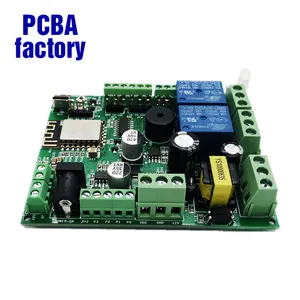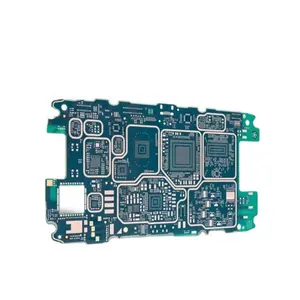
High Quality PCB Customized OEM FR4 Double-sided Circuit Board Pcba Manufacturing Assembly Pcba Factory

Board Circuit Pcb High Precision Multilayer PCB Other PCB Printed Circuit Board Manufacture Blind And Buried PCB Vias






















A hard disk PCB, or printed circuit board, is a crucial component in the functioning of hard disk drives. This intricate piece of technology acts as the backbone of the drive, connecting various electronic components that manage data storage and retrieval. The hard disk controller PCB is particularly significant as it houses the controller chip that directs these operations.
There are several types of hard disk PCBs tailored to different applications. These range from single-layer PCBs for basic data storage needs to multi-layer PCBs for complex operations. The application of these PCBs extends across various electronic devices, emphasizing their versatility and adaptability in the tech industry.
The features of a hard disk PCB include its layout, component arrangement, and thermal management properties. These boards are typically crafted from robust materials like fiberglass or epoxy, which provide the necessary durability and heat resistance for optimal performance.
The advantages of using a hard disk PCB are manifold. They offer a compact solution for data management, ensuring efficient space utilization within devices. Additionally, the design of a hard disk drive PCB is optimized for electrical conductivity and signal integrity, which are essential for the swift and accurate processing of data.
When selecting a hard disk PCB, it is important to consider factors such as compatibility with the hard disk model, the quality of the materials used, and the precision of the circuit design. These criteria ensure that the PCB hard disk will perform reliably within the specified device environment.
In today's eco-conscious market, the environmental impact of hard disk PCBs is also a consideration. Manufacturers are increasingly adopting greener production methods and materials to reduce the ecological footprint of these essential components.